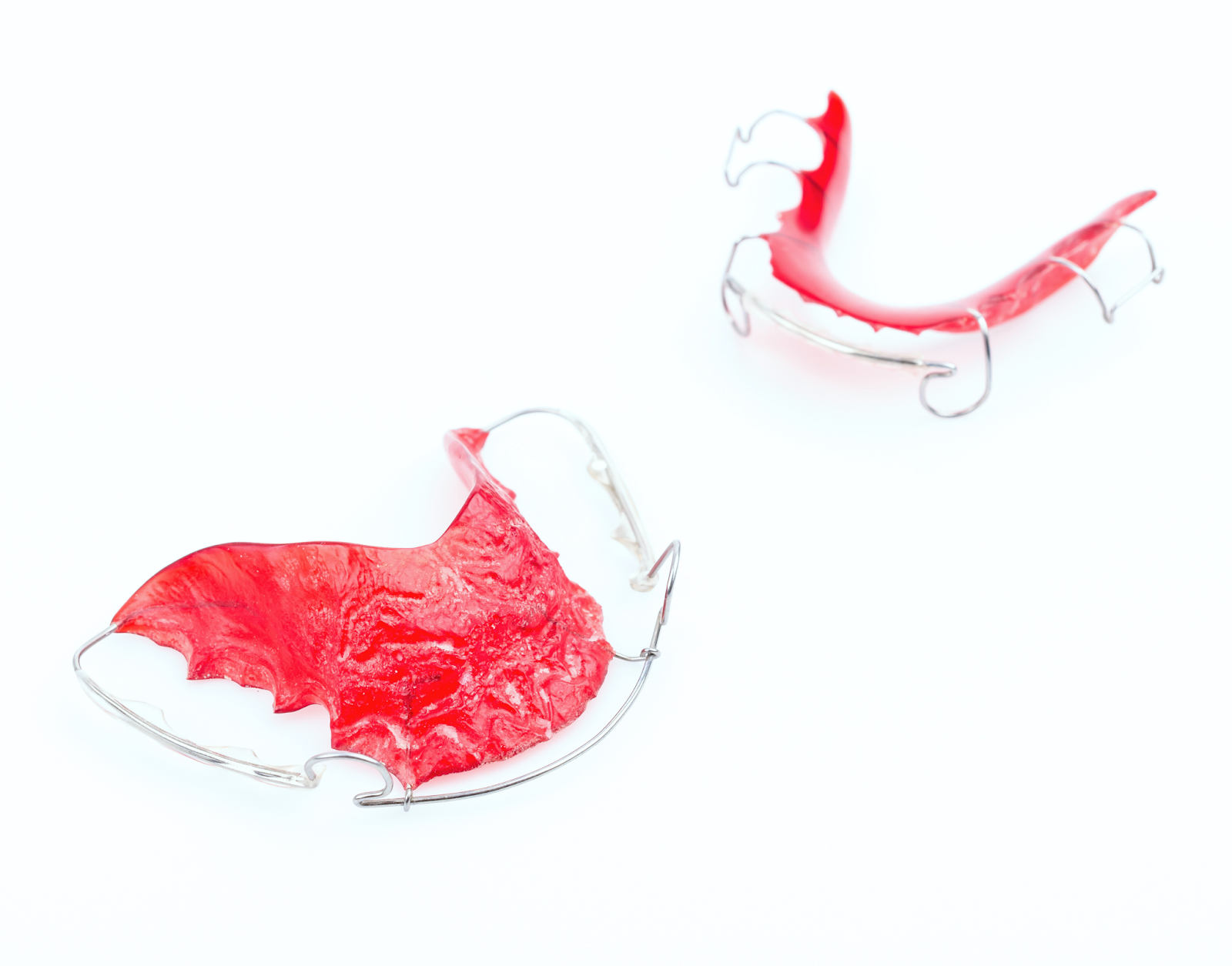When it comes to maintaining a straight and healthy smile after orthodontic treatment, retainers play a crucial role. Among the various types of retainers available, metal retainers, particularly the Hawley retainer, have stood the test of time due to their durability and effectiveness. In this comprehensive guide, we’ll explore what metal retainers are, how they work, their benefits, and considerations for their care and maintenance.
What Are Metal Retainers?
Metal retainers, often referred to as Hawley retainers, are a type of removable orthodontic appliance. Named after Dr. Charles Hawley, who invented them in the early 20th century, these retainers are custom-made to fit each patient’s mouth. They are composed of two primary components: a metal wire that runs across the front teeth and an acrylic or plastic base that fits snugly against the roof of the mouth (for upper retainers) or along the tongue side of the teeth (for lower retainers).
The metal wire, typically made from stainless steel, is adjustable, allowing orthodontists to make minor adjustments to ensure a perfect fit and optimal retention of the teeth’s position. The acrylic base is available in various colors and designs, providing a degree of personalization for the wearer.
How Do Metal Dental Retainer Work?
The primary function of metal retainers is to hold teeth in their newly aligned positions after the removal of braces or other orthodontic appliances. Teeth have a natural tendency to shift back to their original positions, a phenomenon known as orthodontic relapse. Metal retainers counteract this by applying gentle, consistent pressure to keep the teeth in place.
The metal wire component of the retainer is strategically positioned to brace the teeth, preventing them from moving. Meanwhile, the acrylic base provides stability and ensures that the retainer stays firmly in place during wear. The combination of these elements makes metal retainers highly effective at maintaining the results of orthodontic treatment.
Benefits of Metal Retainers
1. Durability
One of the most significant advantages of metal dental retainers is their durability. The stainless steel wire is resistant to bending and breaking, ensuring the retainer remains effective over a long period. The acrylic base is also robust, capable of withstanding the daily wear and tear associated with routine use.
2. Adjustability
Metal retainers are adjustable, meaning orthodontists can make minor tweaks to the wire to improve fit and function. This adjustability is particularly beneficial in the initial phase after braces are removed, as it allows for fine-tuning to ensure maximum retention.
3. Customizability
The acrylic portion of the retainer can be customized in terms of color and design, allowing patients to choose a look that suits their personal style. This customization can make wearing the retainer more appealing, particularly for younger patients.
4. Effectiveness
Metal retainers are highly effective at preventing orthodontic relapse. Their design ensures that they provide consistent pressure on the teeth, maintaining the alignment achieved through orthodontic treatment.
Considerations and Care
While metal retainers offer numerous benefits, there are some considerations and care requirements to keep in mind to ensure they remain effective and comfortable.
1. Initial Adjustment Period
Wearing a metal retainer can feel slightly uncomfortable at first as the mouth adjusts to the new appliance. Patients may experience minor soreness or increased saliva production, but these symptoms typically subside within a few days.
2. Proper Cleaning
Maintaining oral hygiene is essential when using a metal retainer. The retainer should be cleaned daily to prevent the buildup of plaque and bacteria. This can be done using a toothbrush and mild soap or with retainer cleaning tablets. It’s important to avoid using hot water, as it can warp the acrylic base.
3. Regular Check-Ups
Regular visits to the orthodontist are necessary to monitor the retainer’s condition and ensure it continues to fit properly. Over time, the retainer may need adjustments to maintain its effectiveness.
4. Storage
When not in use, the retainer should be stored in a protective case to prevent damage or loss. It’s advisable to keep the retainer away from pets, as they are often attracted to the scent of the acrylic material.
5. Compliance
Consistent use of the retainer as prescribed by the orthodontist is crucial. Skipping nights or not wearing the retainer as directed can lead to teeth shifting, which may require additional orthodontic treatment.
Alternatives to Metal Retainers
While metal retainers offer numerous advantages, they are not the only option available. Some patients may prefer other types of retainers based on their specific needs and preferences. Alternatives include:
1. Essix Retainers
Essix retainers are made from clear plastic and fit snugly over the teeth, similar to Invisalign aligners. They are nearly invisible when worn, making them a popular choice for those who prefer a more discreet option. However, they may not be as durable as metal retainers and can be prone to cracking or breaking.
2. Bonded Retainers
Bonded retainers, also known as fixed or permanent retainers, consist of a thin metal wire bonded to the back surfaces of the teeth. These retainers are not removable and provide continuous support to prevent relapse. They are particularly effective for lower front teeth but require meticulous oral hygiene to prevent plaque buildup.
Conclusion
Metal retainers, particularly the Hawley retainer, are a tried-and-true solution for maintaining the results of orthodontic treatment. Their durability, adjustability, and effectiveness make them a popular choice among patients and orthodontists alike. By understanding how metal retainers work and following proper care guidelines, patients can ensure their retainers remain effective in preserving their beautiful, straight smiles.
Ultimately, the choice of retainer should be made in consultation with an expert orthodontist such as the one at NYC Dental Lounge, who can recommend the best option based on individual needs and preferences. Whether opting for the reliability of a metal retainer or considering other alternatives, the key is to commit to consistent use and care, securing the long-term success of orthodontic treatment and the lasting joy of a perfect smile.



